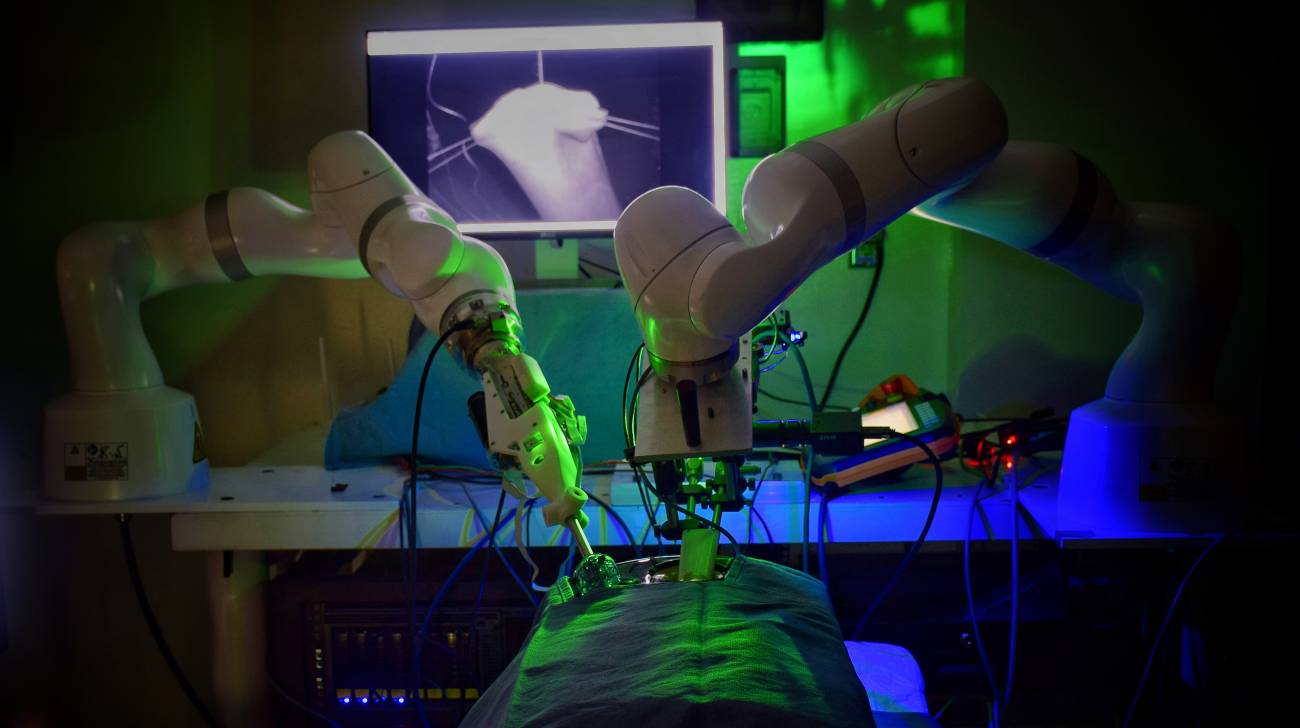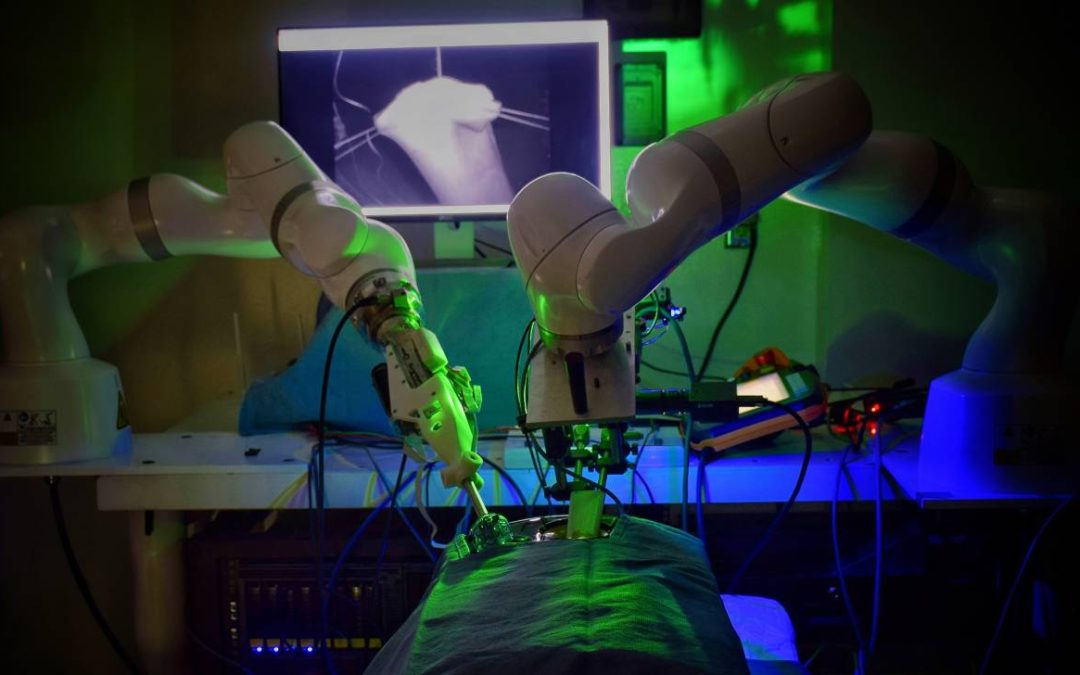
Researchers at Johns Hopkins University in the USA have built a robot, called Star, which can perform a surgical procedure entirely on its own. So far, the robot has only been allowed to operate on pig tissue, but it has done so with honor according to the researchers.
"Our study shows that we can automate one of the most complicated and sensitive procedures in surgery, splicing two ends of a bowel. Star performed the procedure on four animals and the results were significantly better than when people do the same procedure", says Axel Krieger at Johns Hopkins University and one of the researchers behind Star, in a press release.
Joining two intestinal parts requires a very high level of precision on the part of the surgeon. The slightest tremble of the hand can mean catastrophic complications for the patient, according to the researchers. Having a robot that can operate without the slightest tremble and with a very high level of precision could provide much better opportunities for successful bowel surgery.
The only issue is that it's difficult to predict how soft tissues will behave during an operation. The researchers, therefore, developed a new control system that allows the robot to adapt its plan for the operation if conditions change during the procedure.
The control system is based on algorithms developed using machine learning. The algorithms then control Star when it uses a three-dimensional endoscope to perform a laparoscopy, peephole surgery, on the intestines.
Laparoscopy is becoming more common and researchers believe that Star can provide access to advanced surgery to many more.
"Having a robot perform an anastomosis is a way to guarantee that surgical procedures that require high precision and repeatability can be performed with accuracy and precision no matter how skilled the surgeon is. We believe that this will result in a more equal patient care and more predictable results of the operations", says Axel Krieger.







